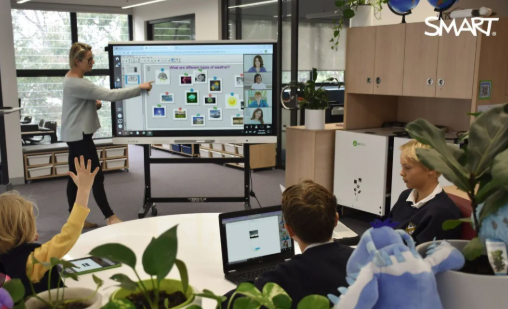Introduction
Digital notebooks are a valuable tool for supporting personalized learning. They allow students to organize their work, set goals, reflect on progress, and access resources in one central location. By integrating digital notebooks into classroom practice, educators can foster student independence, enhance engagement, and create flexible learning pathways tailored to individual needs.
1. Centralizing Learning Materials
Digital notebooks provide a centralized space for students to collect and organize their notes, assignments, and project work. This structure helps learners stay organized and access past work easily, supporting long-term retention and deeper learning.
2. Enabling Goal-Setting and Progress Tracking
With built-in templates or customized pages, digital notebooks can include sections for goal-setting, daily to-do lists, and progress monitoring. These tools encourage students to take ownership of their learning by actively planning and reflecting on their achievements.
3. Supporting Multiple Learning Styles
Digital notebooks accommodate various learning preferences. Students can type notes, draw diagrams, insert voice recordings, or add multimedia elements. This flexibility allows learners to express their understanding in ways that resonate with them.
4. Encouraging Reflection and Self-Assessment
Reflection pages in digital notebooks prompt students to evaluate what they’ve learned and how they learned it. This metacognitive practice builds self-awareness and promotes growth. Regular reflections also help teachers personalize instruction based on student needs.
5. Facilitating Teacher Feedback and Collaboration
Digital notebooks can be shared with teachers for comments and feedback. This creates a dynamic space for communication, enabling timely support and guidance. Group notebooks can also support collaborative projects, encouraging peer learning.
6. Enhancing Accessibility and Portability
Students can access digital notebooks from multiple devices, making learning more flexible. Whether at school or at home, learners can keep their materials organized and up to date. Digital tools also offer assistive features, supporting diverse learners.
Conclusion
Digital notebooks are a powerful resource for personalized learning. They help students take control of their education by organizing their work, setting goals, and reflecting on progress. With thoughtful integration, digital notebooks can make learning more engaging, accessible, and meaningful for every student.













